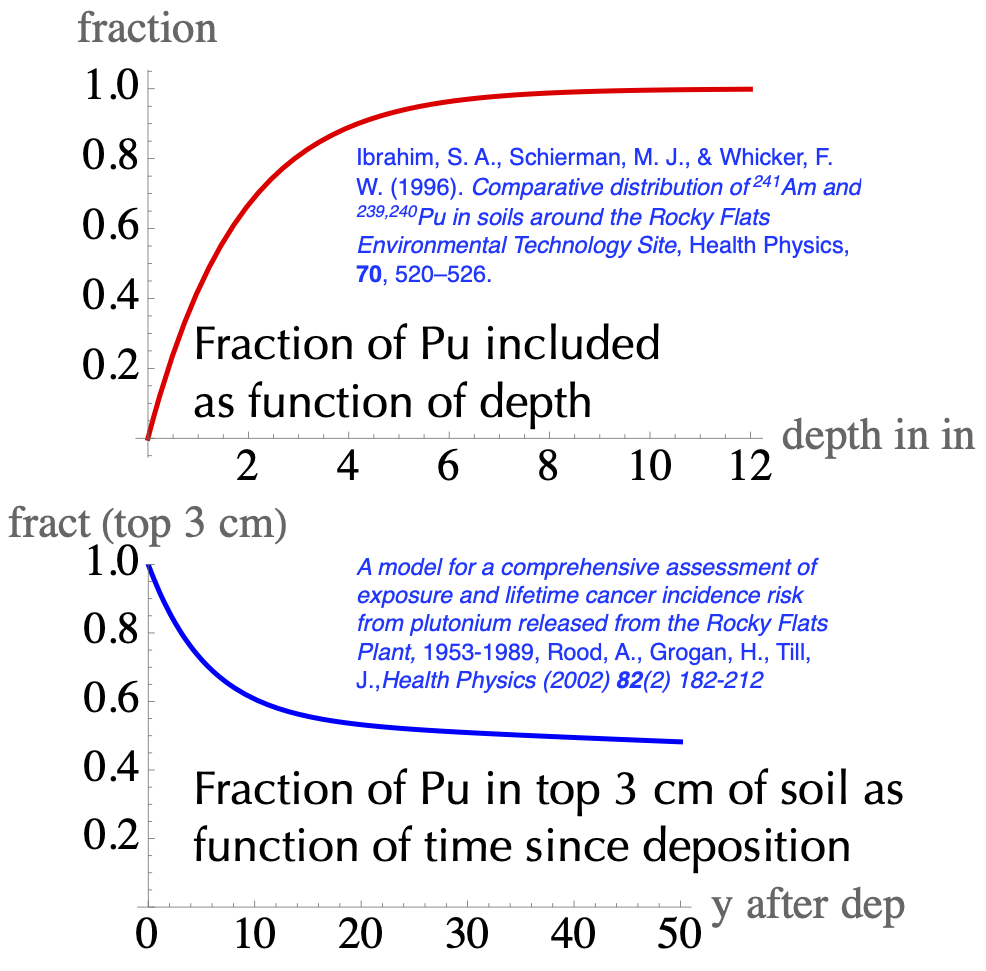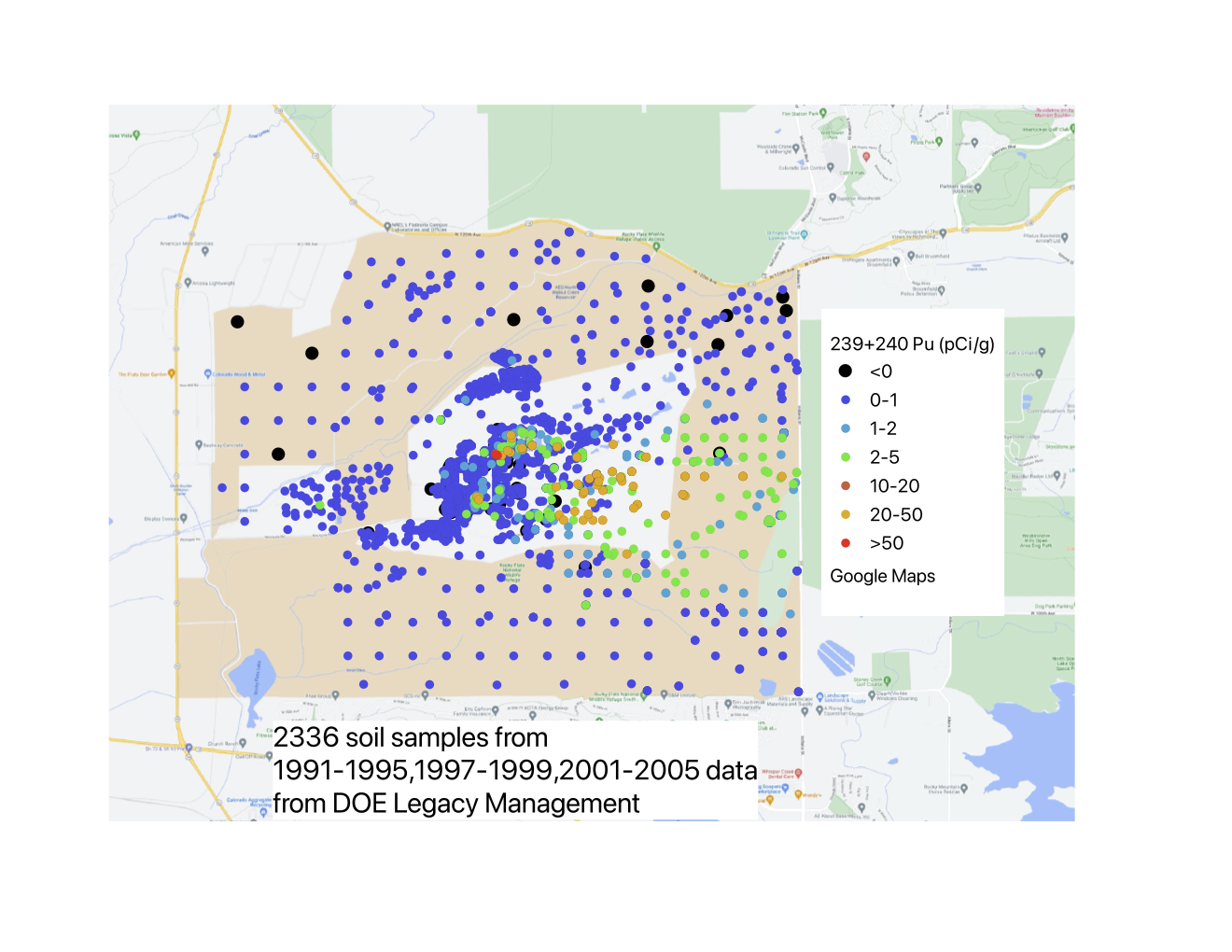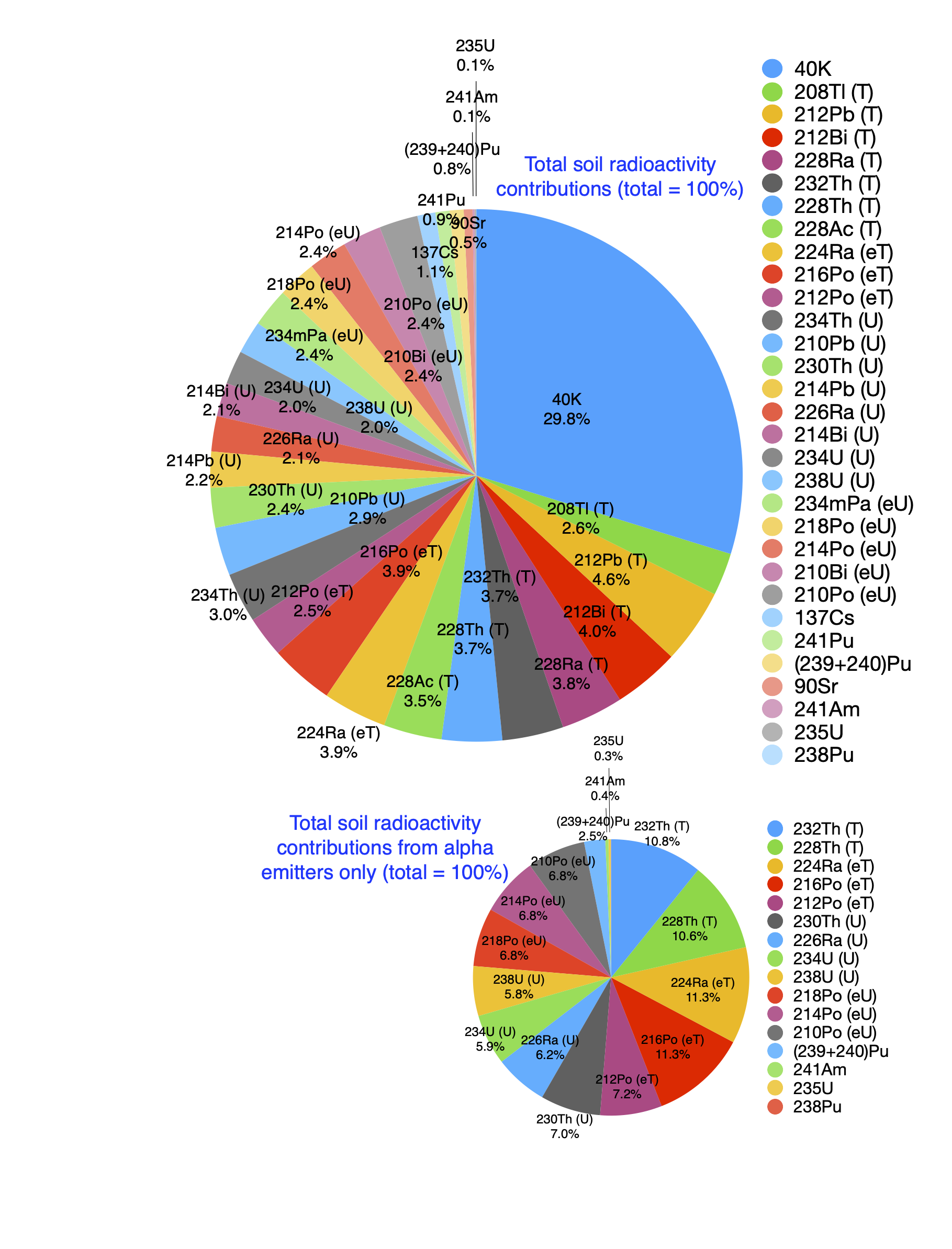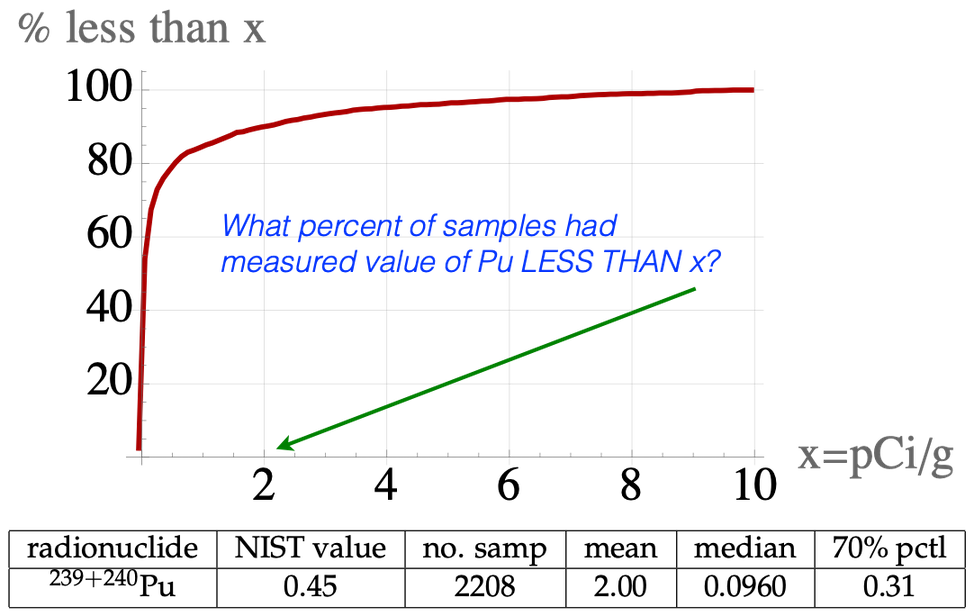Superfund cleanups are for man-made messes. Plutonium fits the criterion but is a trace contaminant in soil, contributing less than 1% of total soil radioactivity in the current Refuge. The notion that the `Industrial Area’ should be returned to background levels of plutonium was a naive non-starter position. Cleanup levels were negotiated at 50 pCi/g (a measure of radioactivity)–although not far from the values determined by the acceptable EPA cancer risk range. The success of the cleanup should be judged on Pu levels after it was completed, remembering that the Refuge was never mitigated since values were low already.
On the other hand, the Rocky Flats industrial area desperately needed a cleanup. For those who might think otherwise, the following three videos are worth watching, featuring the physicist Tom Cochran reviewing practices at the plant well before the cleanup.
When finished (soon, as of November 2023) a link to the document will appear here.
The Rocky Flats Superfund cleanup
If NIST data on the radionuclide content of Rocky Flats soil from the ‘Peripheral Operating Unit’ (collected in 1978 from what became the Refuge, data available by 1984) had been widely understood, 30 years of suspicion and anxiety about the Refuge could have been averted. This is in some ways a failure to educate the public, and to communicate between NIST and the DOE.
The focus on plutonium by anti-nuclear groups infantilized discussion about Rocky Flats and residual radiation and has impeded opening and adding facilities to the Refuge. The Rocky Flats Superfund cleanup is now internationally regarded as exemplary and its management and incentives were identified as key features of its success.
As of November 2023 the main document is being completed. The cleanup left a paper trail a mile wide and sampling was carried out in repeated waves from the 1980s through about 2011, frequently with different color coding.



